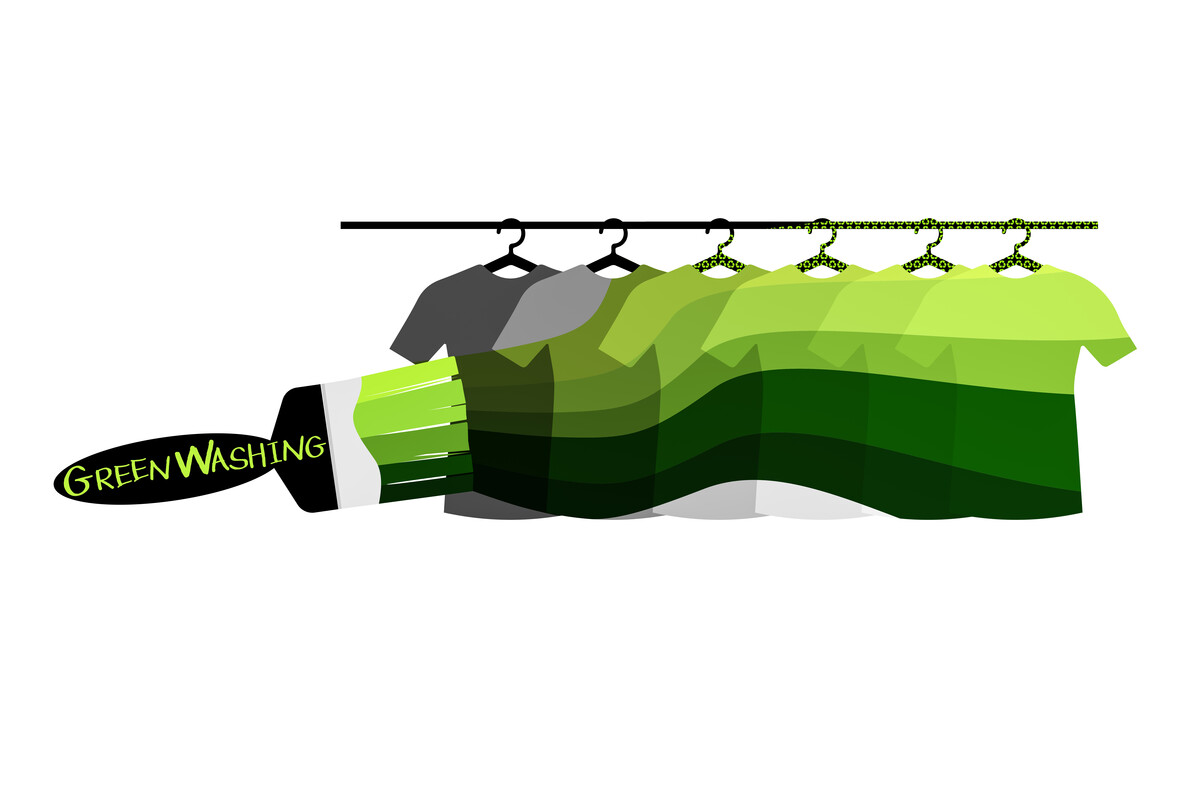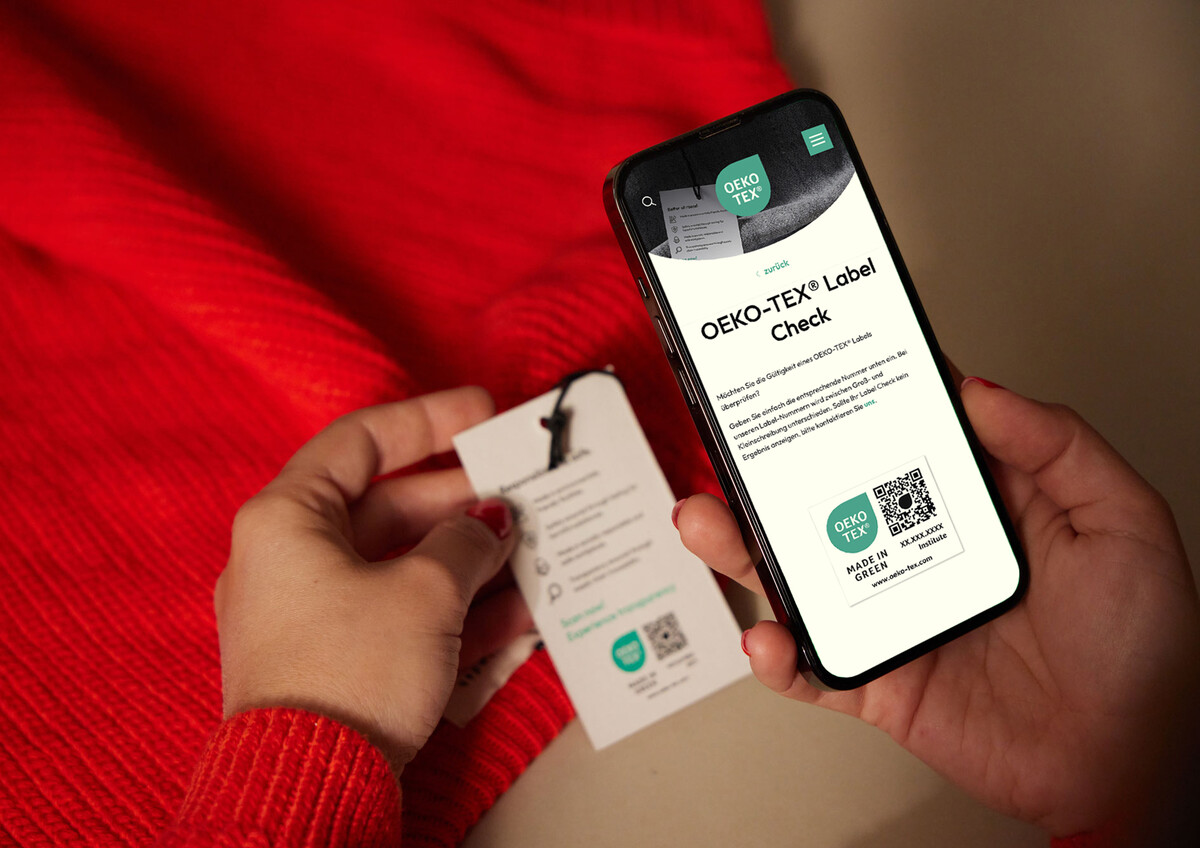
What is ingredient labelling and why is it harmful?
In today's textile industry product labels play a vital role in carrying product information about sustainability and eco-friendliness. While these labels are intended to enhance transparency and empower consumers, they can inadvertently mislead unsuspecting end consumers.
There's an strong temptation to highlight the "sustainable" elements of a product or certifications, a practice known as ingredient labelling. Suppliers, retailers and brands using that method often provide consumers with vague and incomplete information, ultimately leading to misconceptions. This approach also often lacks context and fails to consider the full lifecycle of textile products, from sourcing to disposal. As a result, it can harm consumer trust and even lead to regulatory compliance violations. To navigate these challenges, a more holistic approach to sustainability and transparent communication is essential for industry stakeholders.
How TESTEX prevents greenwashing
This is precisely why ingredient labelling and advertising are strictly prohibited for OEKO-TEX® certifications and labels, such as STANDARD 100, ORGANIC COTTON, LEATHER STANDARD, and MADE IN GREEN. To proudly display an OEKO-TEX® certification, every facet of the product, right down to its smallest components, must be certified.
Let's consider a T-shirt labeled as OEKO-TEX® STANDARD 100 certified; it's not just the fabric that's certified but also the sewing threads, buttons, and every other component that contributes to the final product's composition. Similarly, when promoting shoes as OEKO-TEX® LEATHER STANDARD certified, the entire shoe, including the sole, inner lining, and laces, must meet the stringent certification criteria.
Any mention of an OEKO-TEX® certificate or label should always include the corresponding certification number and institute. This not only ensures the validity of the claim but also upholds transparency.

Legal Compliance and Transparent Labelling
Ingredient labelling may create an illusion of safety and sustainability, potentially misleading consumers and business partners alike. Importantly, presenting incomplete or deceptive product information is not just unethical but also illegal. The European Commission's Unfair Commercial Practices Directive (UCPD) legally forbids traders from making unfair claims, including product certifications and environmental impact, to the disadvantage of consumers.
To maintain clarity, credibility, and consistency, we offer the OEKO-TEX® Labelling Guide. This comprehensive document sets out rules and guidelines for the standardised appearance of OEKO-TEX® labels. OEKO-TEX® stands for consumer protection, traceability, and transparency. The Labelling Guide serves as a compass for manufacturers, brands, retailers, and partners, ensuring the correct labelling of certified products and transparent communication of company initiatives.
Stay connected with TESTEX for informative and engaging content that explores the latest developments in textiles, sustainability, and certifications. Whether it's updates on our certifications, industry events, or innovative solutions, we're here to keep you informed and up-to-date.
